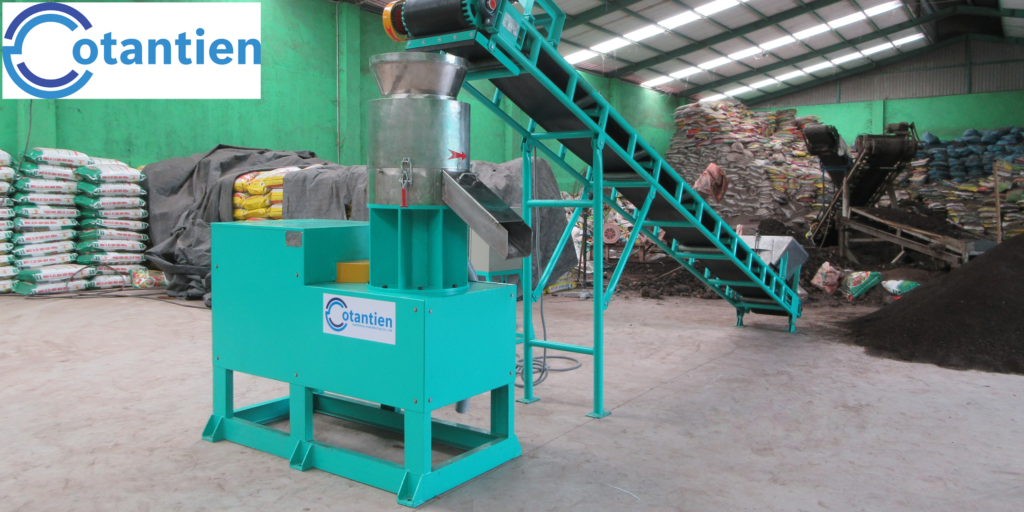In today’s fast-paced world, organic fertilizer pellet machine has become an integral part of our daily lives, shaping how we communicate, work, learn, and even entertain ourselves. From the advent of the internet to the rise of artificial intelligence, technology continues to advance at an unprecedented rate, transforming industries and societies alike. In this article, we’ll delve into the multifaceted realm of technology, exploring its evolution, current trends, and potential future impacts.
The Evolution of Technology: From Wheels to AI
Human history is marked by remarkable technological advancements that have revolutionized civilizations. From the invention of the wheel to the harnessing of electricity, each innovation has paved the way for new possibilities and improved quality of life. However, the pace of technological progress has accelerated dramatically in recent decades, propelled by breakthroughs in computing power, data analytics, and connectivity.
The Information Age, ushered in by the widespread adoption of the internet, has redefined how information is accessed, shared, and processed. The proliferation of smartphones and other connected devices has brought the digital world to our fingertips, enabling instant communication, online shopping, and access to a wealth of knowledge. Moreover, the rise of social media platforms has transformed how we interact and engage with one another, blurring the lines between online and offline identities.
Current Trends Shaping the Technological Landscape
Several key trends are currently shaping the technological landscape, driving innovation across various sectors:
- Artificial Intelligence (AI) and Machine Learning: AI technologies are becoming increasingly sophisticated, powering applications ranging from virtual assistants to autonomous vehicles. Machine learning algorithms analyze vast amounts of data to uncover patterns and insights, fueling advancements in healthcare, finance, and other industries.
- Internet of Things (IoT): The IoT refers to the network of interconnected devices embedded with sensors and software, enabling them to collect and exchange data. From smart home appliances to industrial sensors, IoT technology is revolutionizing how we interact with our environment and optimize processes.
- Blockchain: Originally developed as the underlying technology behind cryptocurrencies like Bitcoin, blockchain has evolved into a versatile tool for secure data storage and transparent transactions. Its decentralized nature offers potential applications in supply chain management, voting systems, and digital identity verification.
- Augmented Reality (AR) and Virtual Reality (VR): AR and VR technologies are blurring the lines between the physical and digital worlds, offering immersive experiences in gaming, education, and training. These technologies hold promise for applications in architecture, tourism, and remote collaboration.
- Cybersecurity: As technology becomes more pervasive, the need for robust cybersecurity measures becomes increasingly critical. Cyber threats such as data breaches and ransomware attacks pose significant risks to businesses and individuals alike, driving demand for advanced security solutions.
The Future of Technology: Opportunities and Challenges
Looking ahead, technology holds immense potential to address pressing global challenges while also posing complex ethical and societal questions. Innovations in renewable energy, healthcare, and transportation have the power to mitigate climate change, improve public health, and enhance quality of life. However, concerns about data privacy, algorithmic bias, and job displacement loom large, highlighting the need for responsible innovation and thoughtful regulation.

More Stories
Understanding Betting: A Guide to Its Basics, Types, and Considerations
The Ultimate Guide to IPTV: Revolutionizing the Way We Watch Television
The World of Betting: Risks, Rewards, and Responsible Gambling